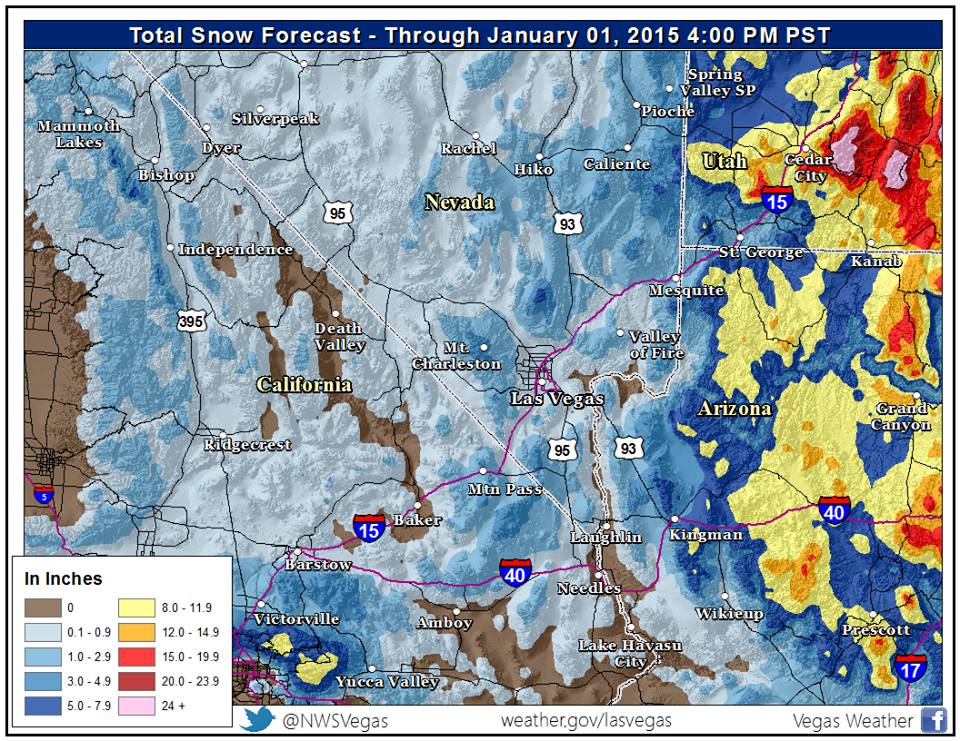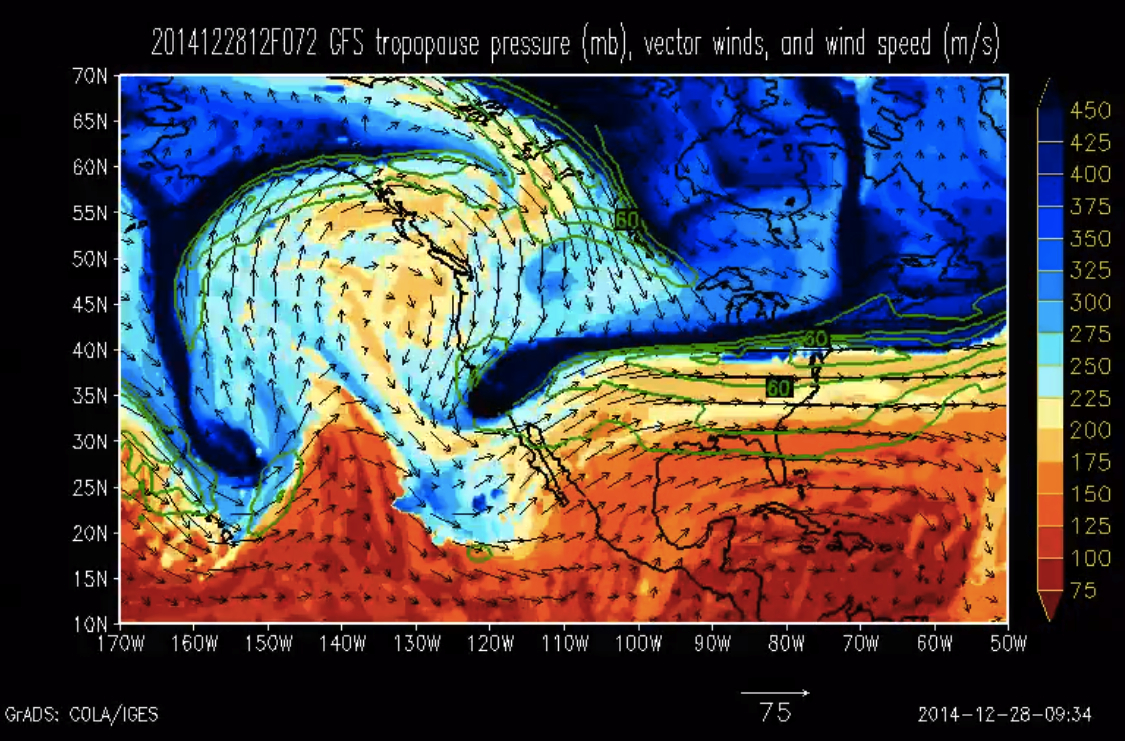Record Cold May Greet New Year's Revelers

California and Nevada will feel an Arctic chill this week when wintry air from Canada arrives on New Year's Eve, possibly setting new record-cold temperatures as revelers ring in the New Year on Dec. 31.
New Year's Eve will see near-freezing temperatures in Southern California, when tens of thousands of people camp out overnight on Pasadena streets for the 126th Rose Parade, according to the National Weather Service's (NWS) Los Angeles/Oxnard office.
Temperatures will be the coldest of the winter so far, weather forecasters said. Until now, nighttime temperatures in California have averaged 6 to 15 degrees Fahrenheit (3.5 to 8 degrees Celsius) above average this December, according to the California Weather Blog.
Pasadena's Jan. 1 record low temperature of 32 F (0 C) was set in 1952, the NWS said. This New Year's morning, temperatures could tie or break that record, the NWS said. Temperatures will fall to around 32 F (0 C) near sunrise, and will likely be in the upper 30s (0 C to 2 C) when the parade begins. The average low temperature on parade day is 47 F (8 C). [Weirdo Weather: 7 Rare Weather Events]
The wintry chill will come from a long, narrow tongue of cold air that originated in northeastern Canada and flicked southwest toward California like a gecko's tongue, guided between extreme swoops in the jet stream.
The frigid cold will arrive in California today (Dec. 30), bringing a chance of snow showers in the mountains. However, no rain is predicted in the Rose Parade and Rose Bowl forecast. Like tourists disgorged at California airports, the Arctic air mass will be parched and dry after its long journey, forecasters predict.

The last time it rained on the Rose Parade was in 2006, the NWS said. The 101st Rose Bowl Game on Jan.1 will feature the University of Oregon and Florida State University.
Sign up for the Live Science daily newsletter now
Get the world’s most fascinating discoveries delivered straight to your inbox.
As the mass of cold air crashes into California's warmth, the extreme temperature contrast has triggered another weather hazard: strong winds. Gusts of up to 50 mph (80.5 km/h) were recorded at Mt. Diablo near San Francisco this morning, according to the NWS Bay Area office. The blustery system has already downed trees across the state today, and could make holiday travel hazardous in California's and Nevada's mountain passes.
Vegas powder
In Nevada, a rare desert snow may dust the shoulders of people who venture outside to shout out the last seconds of 2014. Snow flurries up to 1 inch (2.5 centimeters) could accumulate in Las Vegas on New Year's Eve, the local NWS office said today (Dec. 30). The best chance for snow will be in the afternoon and evening hours on New Year's Eve into the early morning hours of New Year's Day, the NWS Las Vegas office said.
While traces of snow and ice pellets glazed Las Vegas in 2013 and in 2011, the city experienced its last true snowstorm in 1974, when more than 4 inches (10 cm) of white stuff fell across Las Vegas Valley.
Las Vegas also saw its first freeze of the year Monday (Dec. 29), ending a 381-day streak of above-freezing temperatures, the NWS said. The 30 F (minus 1 C) low, recorded at McCarren airport, was also the latest date on record for a first winter freeze in the city.
Follow Becky Oskin @beckyoskin. Follow LiveScience @livescience, Facebook & Google+. Originally published on Live Science.











